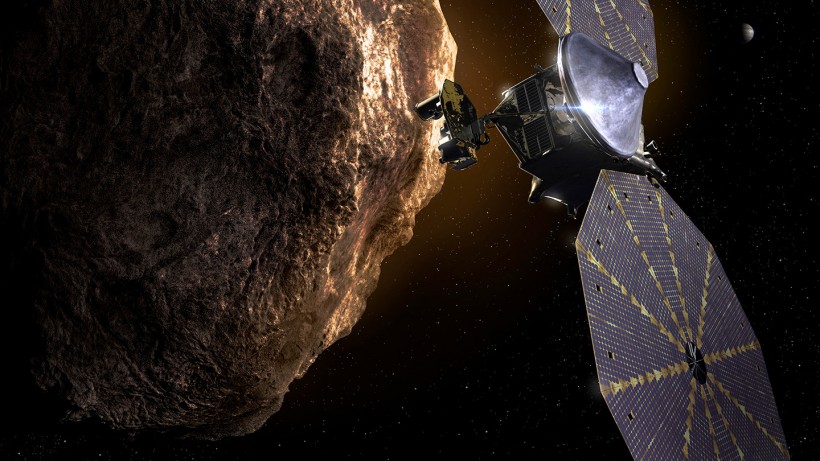An ex-NASA astronaut recently presented a solution that could protect Earth from the risk of 'killer asteroids.' The idea is to discover more of these dangerous cosmic objects that might hit Earth and relay an advanced warning to space agencies before it even comes into the planet's premises.
The new asteroid deflection system was proposed by astronomer Ed Lu, founder of the non-profit B612 Foundation. Last Tuesday, their team announced that over 100 new asteroids were identified outside space.
The name of Lu's foundation was inspired by the home asteroid of the main character featured in Antoine de Saint-Exupéry's famed short 'The Little Prince.'
New Killer Asteroids Identified

The many asteroid discoveries were made possible through the help of various skywatchers scattered across the globe. These individuals range from scholars with heavy imaging instruments to observers with their backyard telescopes.
The foundation's breakthrough of finding additional space rocks was remarkable, as it utilized a cosmic photo album and did not require funding to build massive structures to catch the asteroids.
The majority of the new asteroids were extracted from years-old images that were kept in the digital archives of the National Optical-Infrared Astronomy Research Laboratory or NOIRLab. Each of the 412,000 digital images was scanned through a computational program that filtered the space rocks from 68 billion cosmic lights, DNYUZ reports.
Currently, approximately 25,000 near-Earth asteroids scale to 140 meters or about 460 feet in diameter. Out of the total number of these objects, only 40 percent have been confirmed. All these asteroids, including the undiscovered 60 percent, can smash our planet with energy comparable to a hundred-million tons of trinitrotoluene or TNT.
The B612 foundation carried out the asteroid analysis with the collaborative efforts of University of Washington astronomy specialists Mario Juric and Joachim Moeyens. The study was made in partnership with the university's Institute for Data Intensive Research in Astrophysics and Cosmology.
Asteroid-Finding Algorithm for Planetary Defense
The program utilized for finding the undetected asteroids was built with an algorithm that effectively differentiates the dotted lights from the asteroids and confirms the same object in other images taken.
Catching asteroids from the skies is more effective at night, as the darkness emphasizes the bright bodies of the space. To capture an image of an asteroid, exports use a method known as 'tracklet.' This observational approach takes multiple images of a single object during nighttime to determine whether it is close or far from our planet, as well as to distinguish rocks from stars and planets.
The images in the NOIRLab database were mostly captured by Chile's Victor M. Blanco 4-Meter Telescope. From these photographs, the previously ignored random light sports were analyzed for it being a possible asteroid, Lu explained.
The archives were collected throughout seven years, suggesting that there are still thousands of asteroids waiting to be found in other images taken by other observatories.
The New York Times reports that the new research serves as one of the latest contributions to the widescale development of planetary defense led by NASA and space-related organizations around the globe.
RELATED ARTICLE: Tides Might Be Responsible for Rarity of 'Trojan' Exoplanets, Study Claims
Check out more news and information on Space in Science Times.














